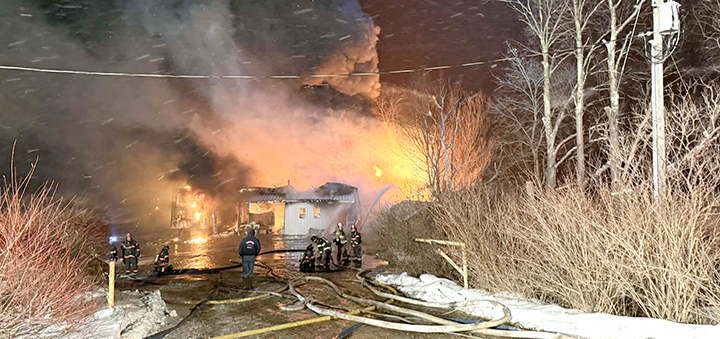Draft county budget has 1.01 percent tax hike
NORWICH – Chenango County plans to use almost $3.7 million in reserve funds to help offset challenges facing the 2011 fiscal year.
County Treasurer William E. Evans released the 2011 tentative budget Nov. 1, which introduced a $84.1 million spending plan. It was adopted at a meeting of the Finance Committee and is on its way for discussion at a meeting of the Board of Supervisors Monday.
County taxpayers will pay $23,074,933 to fund county government, according to the plan.
The draft budget is a 4.10 percent increase over the 2010 adopted spending plan of $80.8 million.
The $23 million tax levy is a 1.01 percent increase over the 2010 tax levy and represents an average tax rate of $12.73 per $1,000 of assessed valuation. The proposed average countywide tax rate will fluctuate, either increasing or decreasing, in all 22 municipalities based on state-established equalization rates.
The treasurer helped stabilize the tax rate by using $3.68 million from fund balance. Though Finance Committee Vice Chairman Dennis Brown, D-Pharsalia, said he was “uncomfortable” with the amount and “worried” that it might not be acceptable to the full board, Chairman Lawrence Wilcox, R-Oxford, described it as “prudent method of balancing what the taxpayers have to pay versus the loss of government aid and rising costs.”
The county began the year with $18.44 million in surplus. Appropriations made throughout the year and the application for next year would drop the general fund down to $13.71 million (as projected at this time).







Comments